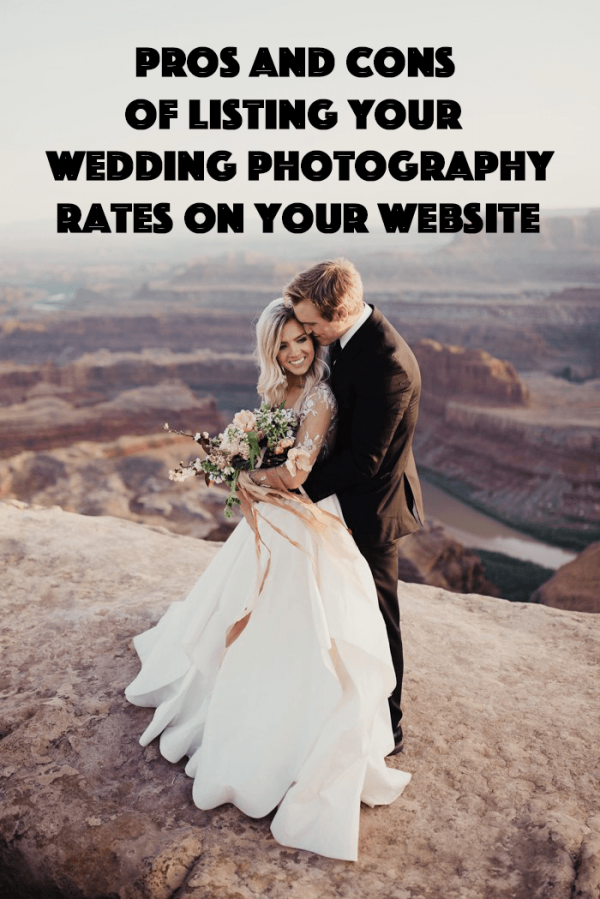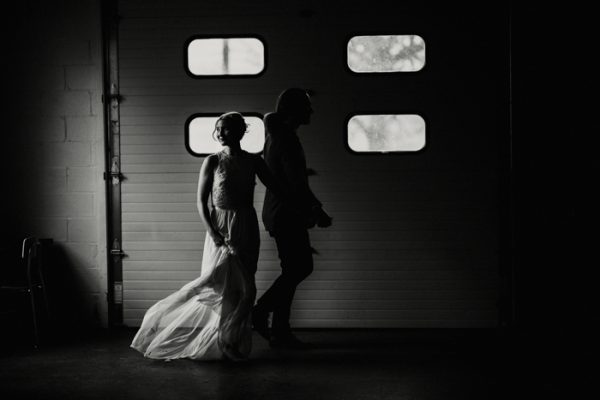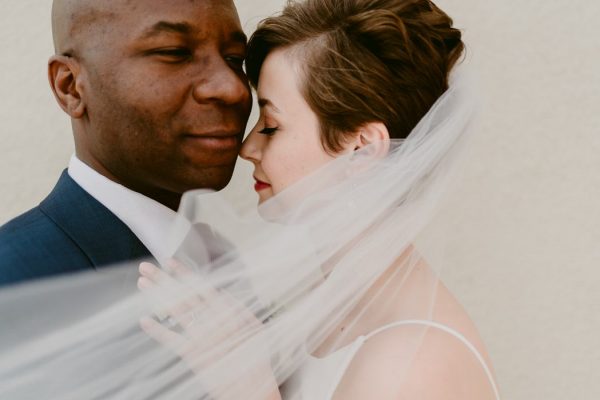
One of the ongoing conversations in the photography community is pricing related. “Do I put my rates on my website?” “Will it attract my ideal client?” “Will it steer them away?” “But what if I begin to receive less inquiries?” There are pros and cons to each scenario, but we are hoping to shed some light on this topic and find what best works for you and your business!

Option 1: Packages + Rates Listed
Having rates and collections listed means there is nothing hidden and everything is out in the open – when a couple visits your website, there is an easy way to access pricing information. This page contains the rates for each collection, details of what each collection contains, and perhaps a few extras that can be added on.
Pros – Future brides and grooms come to your website because they love your work and want information – they want to know what you can do for them and for how much. By listing your rates and being 100% transparent to potential clients, this can help filter out those who are not in your price range. As well, showing your entire hand can also contribute to a higher percentage of bookings. When a client emails you regarding a wedding or session, they already know your worth and where you stand on pricing. This should cut out a few back-and-forth emails about rates and help cut to the chase – booking. This not only saves you time, but the client’s time.
Cons – Being vulnerable may be a good thing, but it also comes at a price. Listing all of your rates shows your full hand to potential clients, and this may turn some away. Yes, I know I did just say this can be good, but there is a downfall. Having a budget-driven couple pass you up doesn’t give you the opportunity to make that initial contact and connection with the couple. No contact means no opportunity to attempt to up-sell your services.

Option 2: Starting Rate Listed
Providing your starting rate on your website is an entry point for clients. It gives them enough information to see where your pricing begins, and in return they can choose how to proceed with either contacting you or moving on to someone else.
Pros – With couples being aware of your starting price, it should filter out couples who don’t fit your budget and keep others waning to contact you for more information. With not providing all of your rates and collection details, this puts couples in the position to reach out and request for more information. Having that interaction with couples who are aware of your pricing puts you in a sweet spot – you’re able to see if it would be a good fit for both you and the client, as well as the possibility to up-sell to a higher collection without them being surprised of your worth.
Cons – If your starting price is above what a couple can afford, then they may pass you up and continue looking for another photographer. With no inquiry, you are unable to make those possible client connections or bookings.

Option 3: Rates Available Upon Request
Not providing any sort of pricing on your website does not give couples any sort of insight whether or not you are in their budget. While they are left in the dark, they can either blindly inquire or choose to pass you up because there isn’t enough information provided off the bat.
Pros – Not having your rates on your website puts you in a different kind of vulnerable spot. Because couples don’t know your rates, they may inquire whether you are in their price range or not. Although a high number of inquiries and client connection may seem ideal, there are a few things to consider below.
Cons – With no pricing to be shown, there is no way to filter out potential inquiries, and you have opened yourself up to wide range of client budgets. This can create a higher volume of email correspondence and a lower percentage of inquiries to bookings. As well, bride and grooms may not consider you in the running with no rates being readily available on your website. When bride and grooms are on your website, they are most likely looking at many other photographers’ websites, wanting ti gather all the information they can get before choosing who to contact. If you don’t have your rates listed, they may not even consider emailing you since there’s no way to compare your rates with other vendors they have looked into.
We hope this gives you some insight and more things to consider regarding the investment page on your website. For more tips on bettering your website, take a look to see if your about page is doing its job.
Interesting read on a topic I am still undecided about, I’ve long had my prices listed in full but recently have turned to option 2 as it seems to allow more opportunity to engage with potential clients on a personal level.
Very difficult topic was raised. Probably most photographers are wondering about this problem and me too. I don’t have placed prices on the website yet but I am wondering about it. I think the biggest plus of this step is the great time saving. They only write to you customers for whom your price is accepted.
This is a subject I constantly struggle with. Thanks for sharing!
This is a tough subject, but I feel there’s something missing in this article. Whether you list prices or not, depends on who you’re trying to attract.
My philosophy, is that if your studio operates on a volume level (you’re trying to attract more budget brides), and your ideal client lists budget as a primary concern, list your prices. If you’re trying to attract a mid-range client (style is important, and budget is a secondary concern), list a starting price. If you’re looking to attract the luxury client, where style is the only concern, and money isn’t an issue, there’s no need to list budgets. There’s no one size fits all, but I would suggest looking at who you’re trying to attract first and then deciding what to do with your price listings….
A good read, and a topic I think a lot of people bounce between. For me clarity is big factor, it’s only fair what potential clients see is realistic and reflects what everyone pays. No back hand deals for people ‘brave’ enough to challenge.